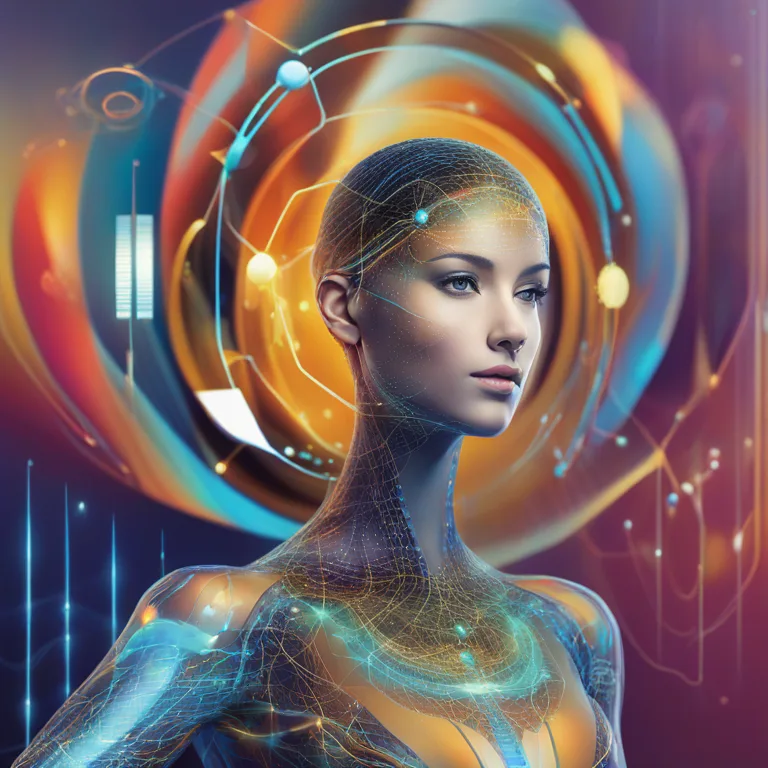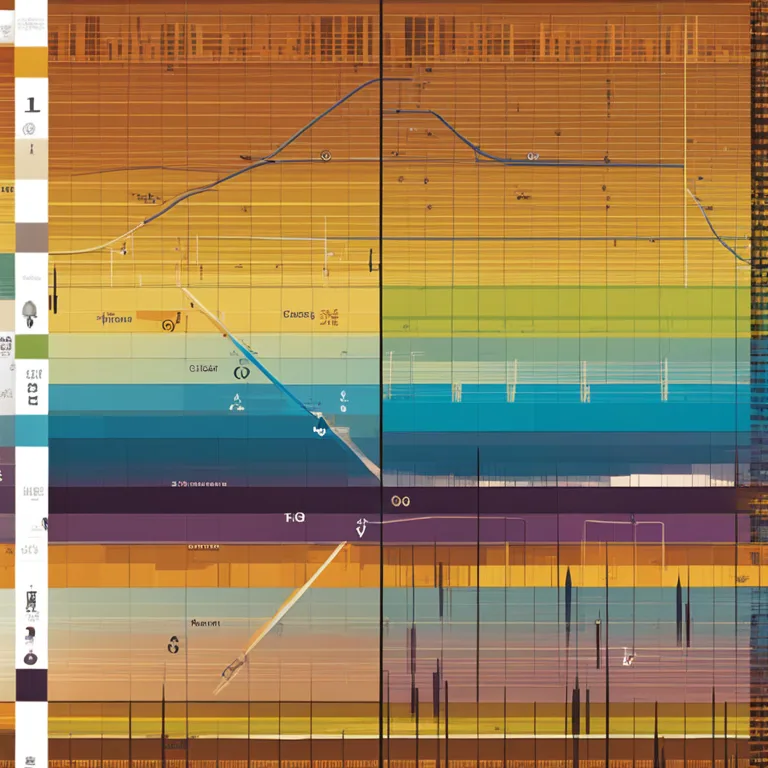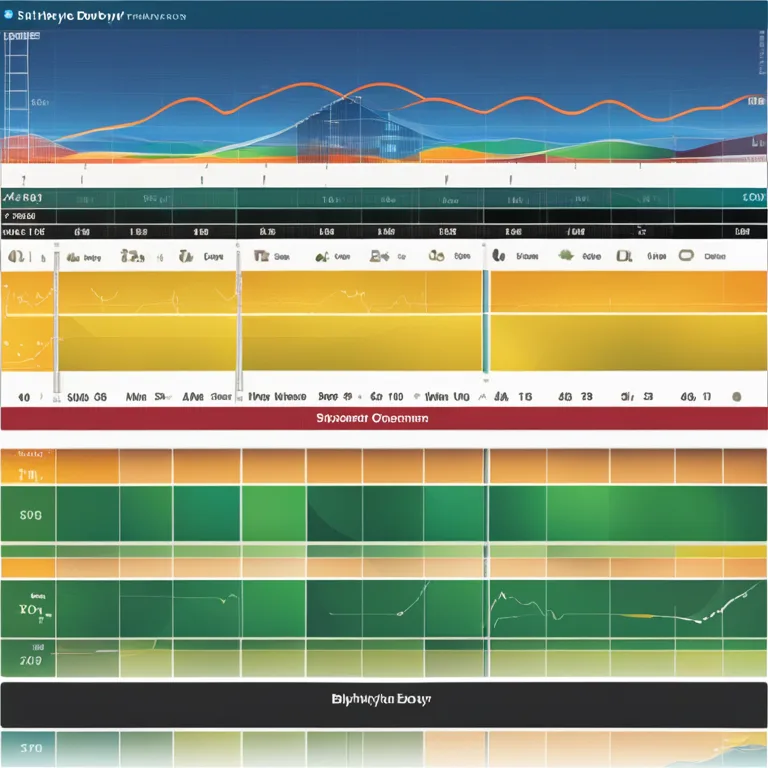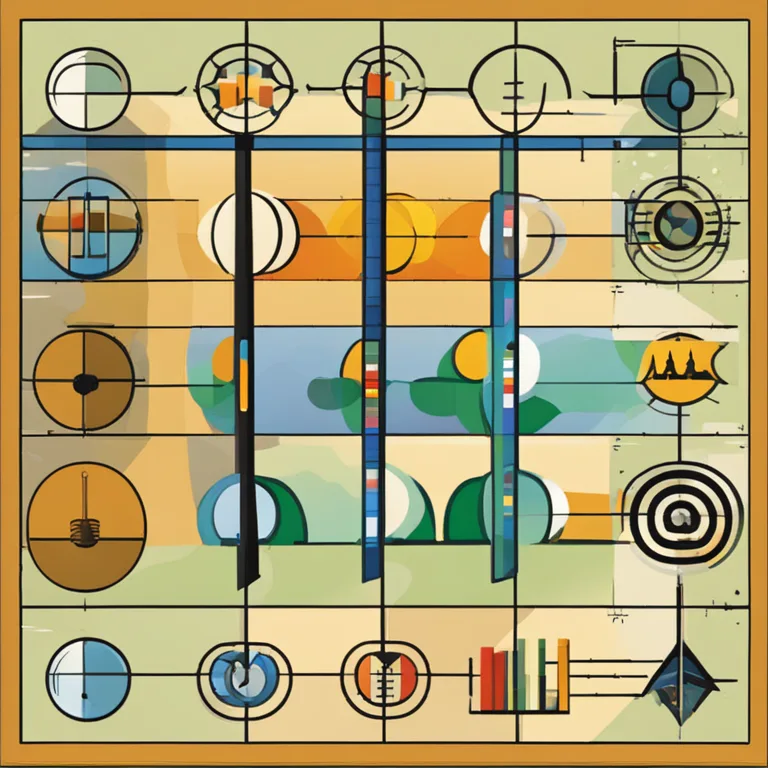
The Rhythm of Life: Harnessing Biorhythms in 2024
Discover the significance of biorhythms in our daily life and how tracking them can lead to enhanced well-being and productivity in today's society.
article by Adrian Wallace
Introduction to Biorhythms
Modern lifestyles are a constant dance between our biological clocks and the world's unceasing demands. As we move further into the era of personalized wellness and self-improvement, biorhythms have gained renewed interest. These invisible life cycles are thought to affect our physical, emotional, and intellectual states. Since their inception in the early 20th century, biorhythms have been used to forecast the interplay between various aspects of our well-being, allowing individuals to anticipate periods of high productivity or potential slumps.

Current Understanding of Biorhythms
The contemporary perspective on biorhythms extends beyond their initial interpretations. Advanced algorithms and machine learning have taken biorhythm analysis to new heights, integrating data from wearables and fitness trackers. In 2024, people are turning to sophisticated apps that not only chart one's traditional biorhythms but also contextualize them within modern life's complexities, offering suggestions tailored to individual patterns and lifestyles.

Physical Biorhythms
Physical biorhythms, with a 23-day cycle, are considered to be crucial for athletes, fitness enthusiasts, and anyone managing their physical well-being. Current fitness platforms integrate biorhythm data to suggest the ideal times for intense workouts or recovery periods, thereby optimizing performance and minimizing injury. This personalized approach to fitness underscores the symbiosis between technology and human biology as we navigate our daily lives.

Emotional Biorhythms
Similarly, the 28-day emotional biorhythm cycle plays a key role in understanding mood fluctuations. Mental health apps utilize this information to offer preemptive coping strategies for challenging days. Moreover, the increased awareness about the influence of emotional biorhythms fosters empathy and patience in personal and professional relationships, contributing to a more emotionally intelligent society.

Intellectual Biorhythms
The 33-day intellectual biorhythm cycle is particularly compelling in today's knowledge-based economy. Employers and educators are beginning to take notice, aligning demanding cognitive tasks with individual intellectual highs. This has resulted in more effective learning environments and workplaces, emphasizing the strategic use of intellectual peak times for problem-solving and innovation.
Applications and Future Insights
Moving forward, the integration of biorhythm tracking with artificial intelligence is projected to become more nuanced, with applications predicting not just day-to-day well-being but also longer-term patterns and potential health concerns. As we embrace this symbiotic relationship with technology, the understanding of our personal rhythms may well become an essential tool for health maintenance and professional fulfillment in the future.
Published: 12/28/2023
Modified: 12/28/2023
More predictions
Come back here soon to learn more about yourself and your future


Biorhythm Compatibility & Birthdays
Discover the intriguing connection between your birthday biorhythms and relationship harmony in our insightful article.


Biorhythm Compatibility: Fact Or Myth?
Explore the concept of biorhythm compatibility to discover if there's a real connection between our biocycles and relationship harmony.


Biorhythm Theory: Fact Or Fallacy?
Explore the fascinating concept of biorhythms to discern if there's any scientific accuracy behind this popular belief.